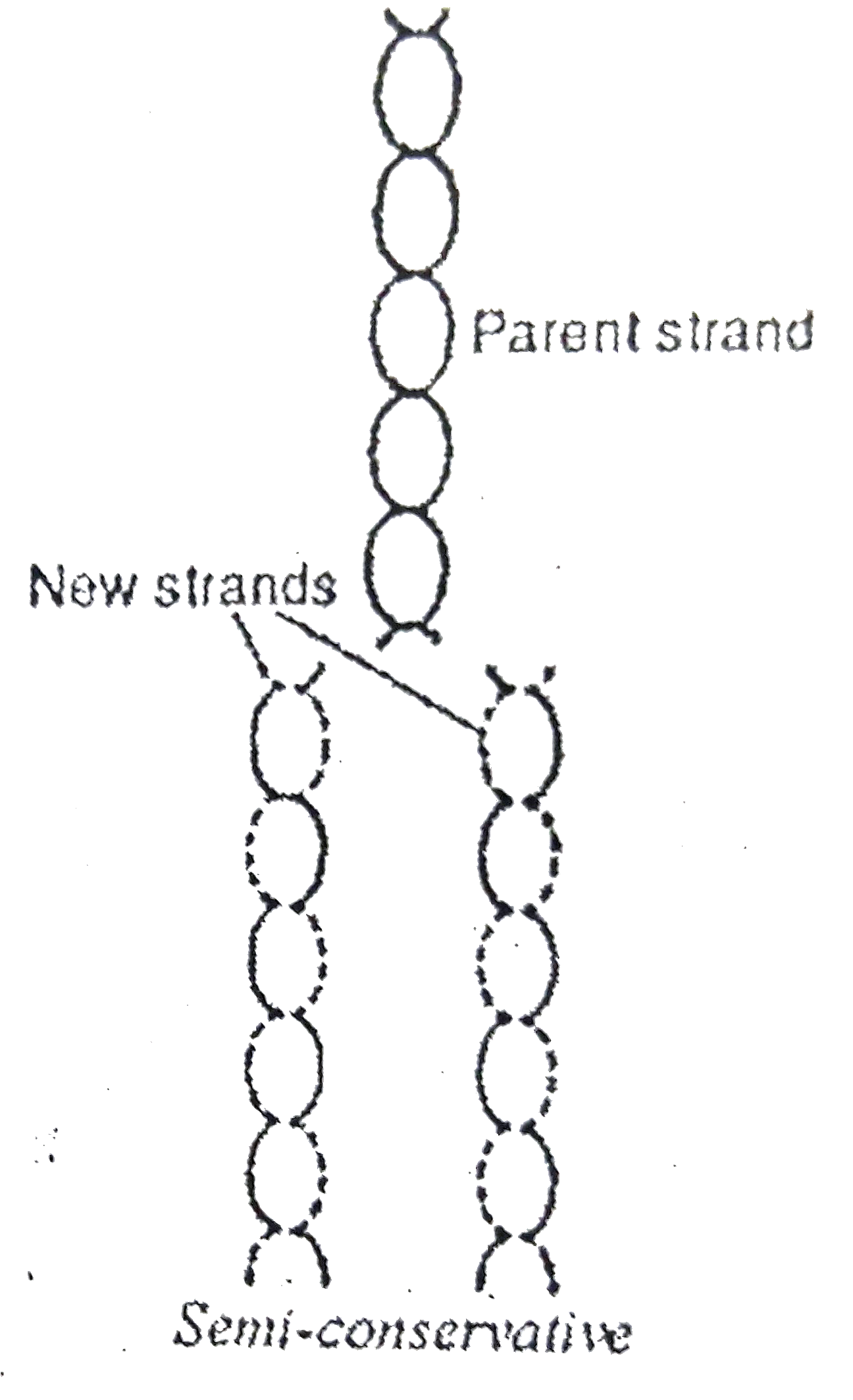Assertion : Watson and Crick provided experimental proof of semiconservation nature of DNA relication.
If both A and R are true and R is the correct explanation of A.
If both A and R are true but R is not the correct explanation of A.
If A is true but R is false
A is false but R is true.
The correct Answer is:D
Watson and Crick suggested that replication of DNA is semiconservative . Semiconervative. Nature of DNA replication wsa proved by Messelson and Stahl by using heavy isotope of nitrogen (15N).
DNA polymerase III establishes phosphodiester linkages between the adjacent deoxyribo-nucleoside phosphate in presence of ATP/GTP, TPP and Mg2+ . It produces a new strand of DNA. DNA polymerase binds nucleotides in 5'-3' direction.

Similar Questions
Knowledge Check
First experimental proof for semi-conservative DNA replication was shown in
AStreptococcus pneumoniaeBEscherichia coliCNeurospora crassaDRattus rattusWho among the following did not provido experimental proof for the semiconservative model of DNA replication
AMeselson & StahlBCairnsCWatson &CrickDTaylorThe experimental proof for semiconservative replication of DNA was first shown in a
AplantBbacteriumCfungusDvirus
Watson and Crick model of DNA is
View SolutionThe experimental proof for semi-conservative replication of DNA was first shown in a
View SolutionThe experimental proof for semiconservative replication of DNA was first shown in a
View SolutionWho was/were suggests the semiconservative nature of DNA replication?
View SolutionArrange the following steps in correct order: (The Experimental Proof for semiconservative mode of DNA replication was first provided by Matthew Meselson and Franklin Stahl):
(I) The cells were transferred into a medium with normal 14NH4Cl and as the cells multiplied, the samples were taken out at definite time intervals.
(II) E. coli was grown for many generations in a medium containing 15NH4Cl (15N is the heavy Isotope of nitrogen) as the only nitrogen source.
(III) Various samples were separated independently in order to measure the densities of DNA.
(IV) Incorporation of 15N into newly synthesized DNA (as well as other nitrogen containing compounds).
View Solution

